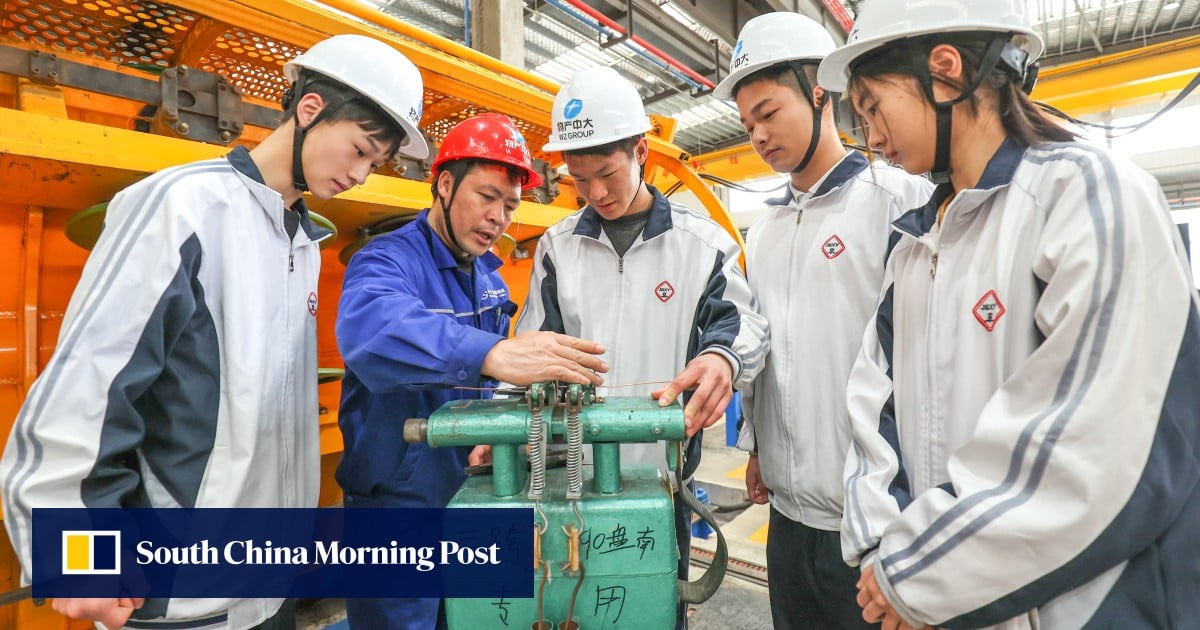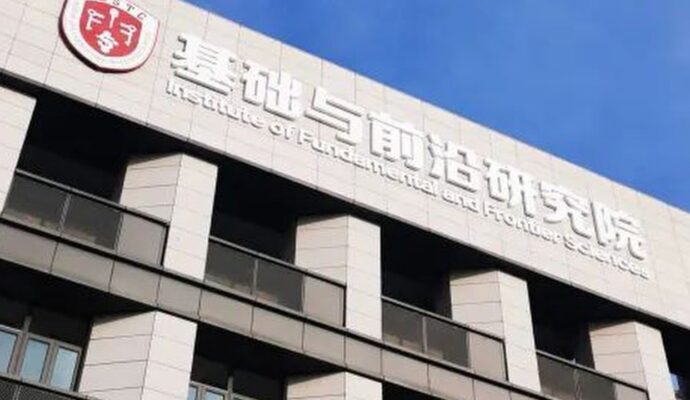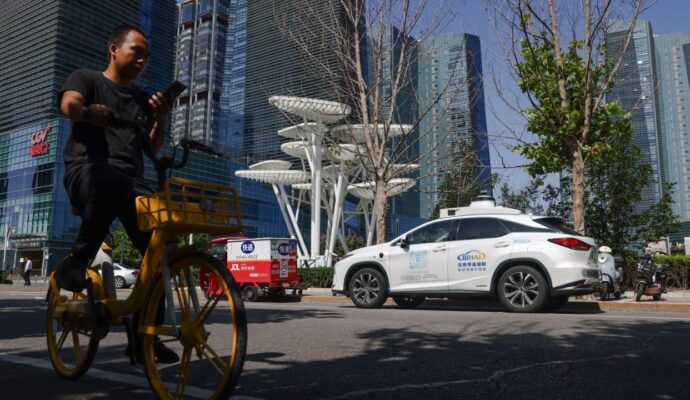
It also underscores how Beijing is stepping in to not only create enough highly skilled workers to fill a large hole in manufacturing and technology sectors, but also to ensure that their degrees don’t go to waste as the nation transitions from a “Made in China” to a “Designed in China” foundation of a more developed economy.
Scientific and technological advancements are also playing an increasingly essential role in dealing with the country’s falling birth rates and ageing population, as experts say the improved quality of the labour force could, to some extent, offset the pitfalls brought by a shrinking population.
The ministry said it will also guide the establishment of the first batch of integrated industry-academia communities in key industries and fields in advanced manufacturing and hi-tech sectors, including machinery tools and robots, energy electronics, and biomedicine, among others.
To better adjust to the industrial transitions and revolutions, the educational system should also step up its core curriculums, teaching equipment, teachers, databases, and textbooks, among other resources, the announcement said.
In addition, the ministry aims to introduce more quality education resources from abroad, and expand the scale of international students and training programmes to broaden international cooperation.
It said it aims to “systematically build a number of internationally renowned vocational education brands with Chinese characteristics, including education projects abroad, overseas vocational and technical colleges”, as well as “cultivate a batch of vocational education teachers who are well-equipped to meet international teaching needs and develop a pool of local technical and skilled talents to serve the overseas expansion of Chinese enterprises”.
By 2025, China plans to support around 300 vocational schools with distinctive Chinese characteristics.
Peng Peng, executive chairman of the Guangdong Society of Reform, a think tank connected to the provincial government, pointed out that as more undergraduate-level occupational schools are being set up, the quality is improving as well.
“Guangdong Huashang college is collaborating with Nobel laureates to establish laboratories; Guangdong Huali College, in particular, strategically locates its campuses near or within development zones to directly serve local enterprises,” he said.
“On one hand, these vocational colleges are closely aligned with the market, making it easier to foster industry-academia research collaborations. On the other hand, they are also undergoing a transformation amid international cooperation, although such progress cannot be achieved overnight.”
Plans may inadvertently fall into the trap of pursuing short-term and superficial political achievements
Since 2016, at least 20 China-backed vocational training centres known as Luban Workshops have opened in 19 countries. Through vocational training, China provides technical expertise, knowledge transfer, and capacity building in various sectors, such as manufacturing, construction, agriculture and technology.
“Opening up vocational education to the outside world and attracting foreign expertise is relatively easy, but it is more challenging for Chinese vocational education to go global,” said a leading education researcher with a government-backed think tank, who spoke on condition of anonymity.
“The country is formulating an outline to build an education superpower, and various departments are drawing up detailed development plans,” he said. “However, some of these plans may inadvertently fall into the trap of pursuing short-term and superficial political achievements in the form of slogans and clichés.”
The talents needed in the aforementioned areas and industries are far beyond what the technical education system could cultivate, he added.


